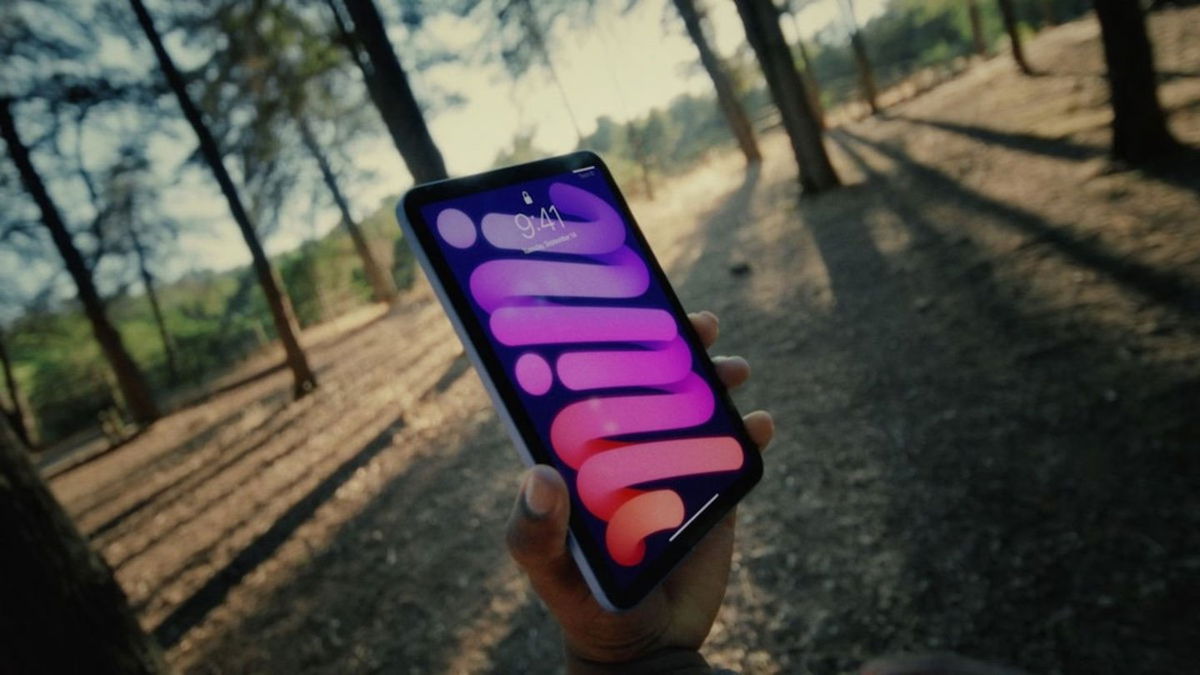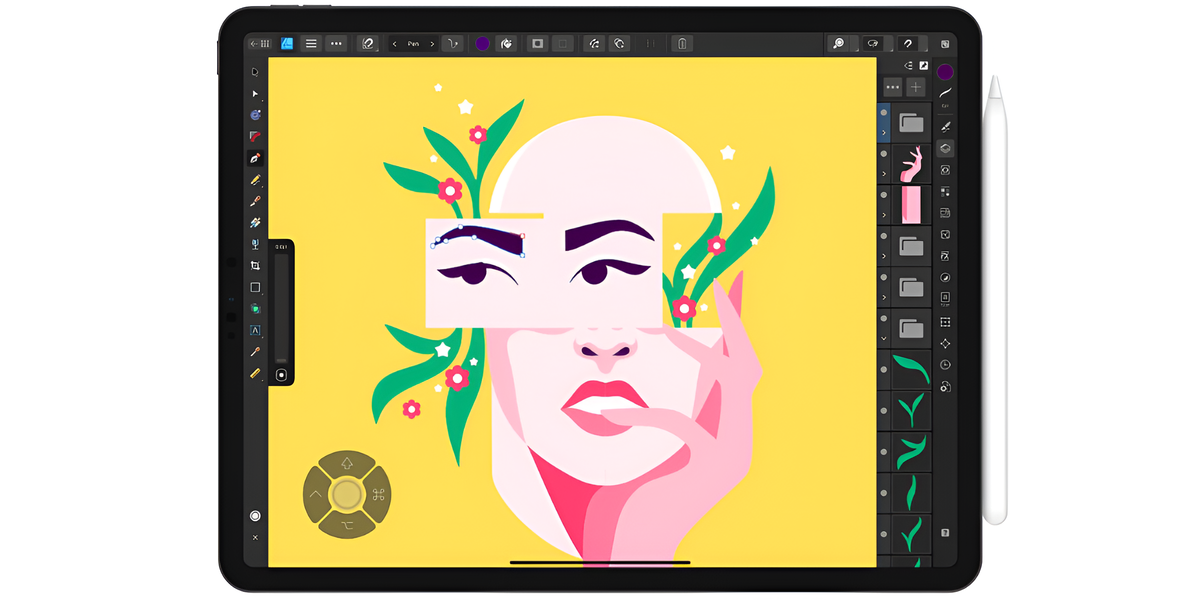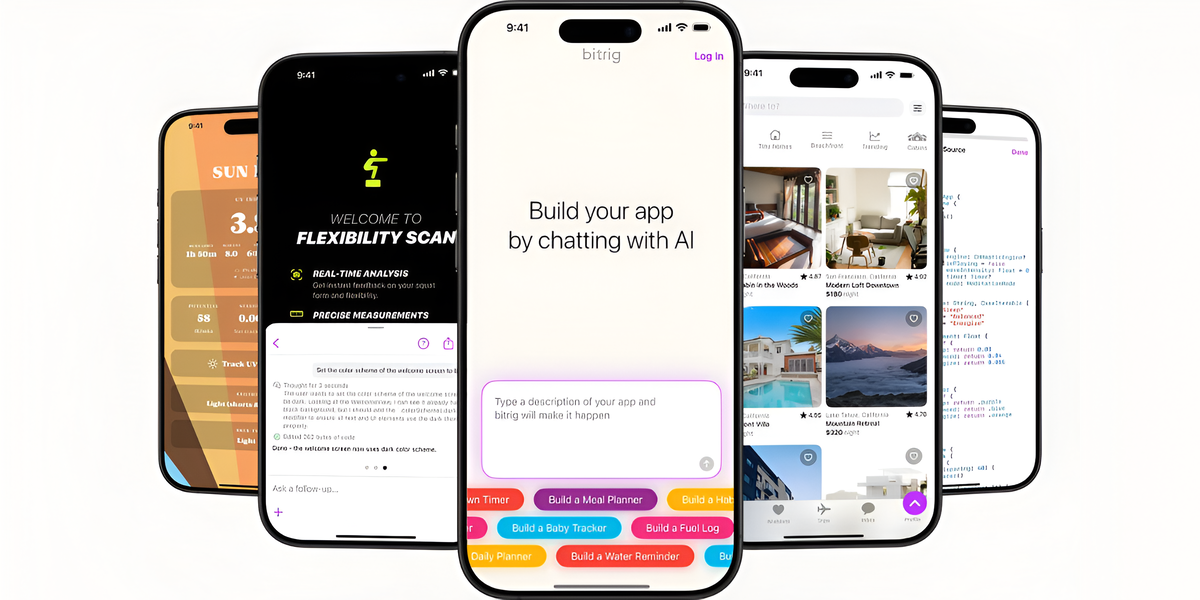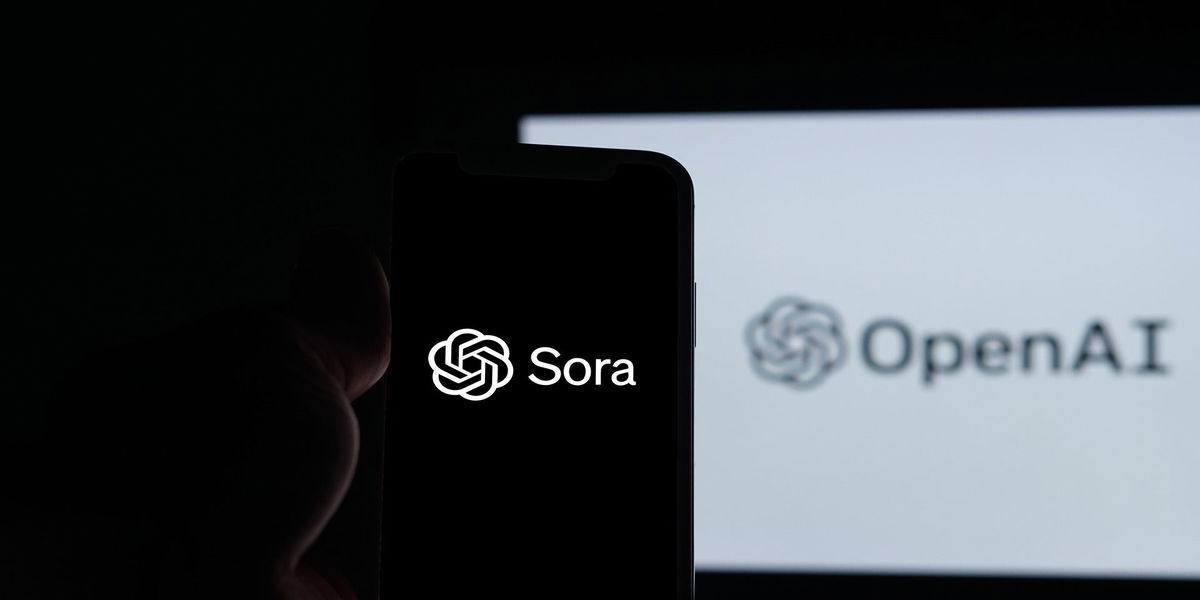Leading music platform Spotify announced a significant change to its royalty payment system, which will come into force in early 2024. As of this date, it will stop paying royalties for songs that do not reach at least a thousand streams per year.
(You may be interested in: Instagram offers a wall of memes: they can be commented on by your followers).
The purpose of this decision is to prevent the loss of small payments generated by small numbers of stolen items and to According to the company, it will “better support artists who depend on streaming revenue.”.
Royalties are a basic payment system for artists and songwriters whose songs appear on the Spotify platform. Rights holders receive payments for plays of their songs, and these payments are calculated based on the number of plays each song receives.
However, the current copyright system causes serious losses for songs that cannot reach a thousand views per year. In total, these losses amount to approximately $40 million annually. That’s because of the 100 million tracks available on Spotify, tens of millions of tracks are streamed just one to a thousand times a year, yielding an average monthly payout of just $0.03.
(You may be interested in: Why was the PDF format invented and who are its creators?).
The amount obtained from these small payments is not enough to cover the fees charged by record companies and distributors or the costs of banking transactions, causing this money to be lost in the process.
Spotify underlined that this amount, which usually does not reach artists, could be redirected to increase payments to those who rely heavily on streaming revenue. Therefore, starting from 2024, the platform will stop paying for songs watched less than a thousand times a year and will use the money saved to offer higher wages to artists and rights holders.
The company stated that this new policy is only 0.5 percent of all streams, as 99.5 percent of tracks on their platform exceed a thousand annual plays. This means most songs will see an increase in royalty income.
Spotify also stated that this measure would eliminate attempts by users to trick the system by streaming large amounts of tracks in order to obtain small but cumulative payouts.
More importantly, Spotify will not generate additional revenue from this new policy; It will redistribute tens of millions of dollars each year to benefit artists and rights holders, rather than doling out $0.03 minimum payments.
(Also: Traveling around the world is now easier, thanks to the new Google Maps update).
Spotify announced a significant change to its royalty payment system, which will come into effect in early 2024. Starting from this date, the platform will stop paying royalties for songs that do not reach at least a thousand streams per year.
According to the company, the purpose of this measure is to prevent the loss of small payouts generated by lightly viewed tracks and redirect these resources to “better support artists who are dependent on streaming revenue.”
Royalties are a basic payment system for artists and songwriters whose songs appear on the Spotify platform. Rights holders receive payments for plays of their songs, and these payments are calculated based on the number of plays each song receives.
However, the current copyright system causes serious losses for songs that cannot reach a thousand views per year. In total, these losses amount to approximately 40 million dollars annually.. That’s because of the 100 million tracks available on Spotify, tens of millions of tracks are streamed just one to a thousand times a year, yielding an average monthly payout of just $0.03.
The amount obtained from these small payments is not enough to cover the fees charged by record companies and distributors or the costs of banking transactions, causing this money to be lost in the process.
Spotify underlined that this amount, which usually does not reach artists, could be redirected to increase payments to those who rely heavily on streaming revenue. Therefore, starting from 2024, the platform will stop paying for songs viewed under a thousand times a year and use the money saved to offer more fees to artists and rights holders.
The company explained that this new policy will only affect 0.5 percent of all streams, as 99.5 percent of tracks on its platform exceed a thousand views per year. This means most songs will see an increase in royalty income.
Spotify also stated that this measure would eliminate attempts by users to trick the system by streaming large amounts of tracks in order to obtain small but cumulative payouts.
(Of interest: Alternatives to Google Chrome in terms of web browsers).
In addition to the change in the royalty payment system, Spotify also announced the following starting next year: It will increase the minimum length of recordings of “functional noise” such as white noise, nature sounds and silence recordings to two minutes in order to be eligible for royalties.
With this measure, the platform aims to prevent users from splitting long channels that earn less royalties into shorter parts to maximize streams and generate more revenue. With the new minimum length of two minutes, a royalty-free stream will be created instead of four as is the case with shorter tracks.
Spotify emphasized that this decision would allow “extra money to be released” to return royalties to “honest and hard-working artists.” The platform is committed to guiding and supporting the music community while continuing to provide listeners with access to a wide variety of content.
*This content was rewritten with the help of artificial intelligence, based on information published by Europa Press, and reviewed by the journalist and editor.
Source: Exame













